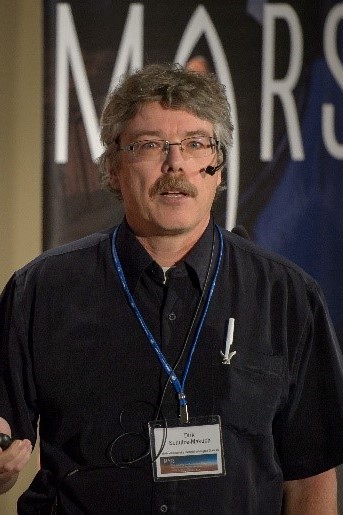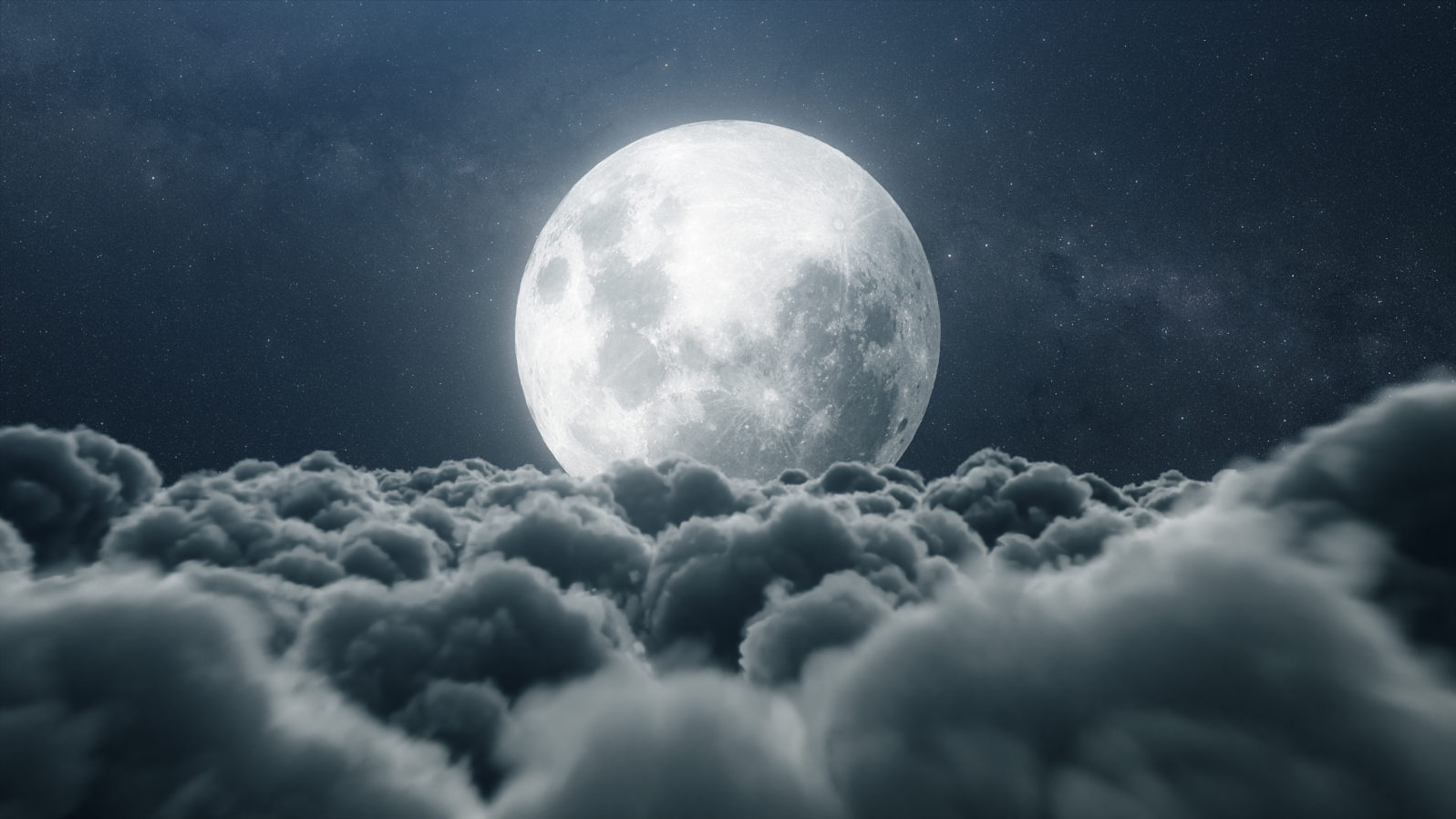Is This Idea Too Crazy?: There Was Life on the Early Moon?
Not quite as crazy as some might think. The early solar system was very different from the current oneLife got started on Earth while the planet was still somewhat unstable. It could have got started within 100 million years of Earth’s formation at 4.5 billion years ago or as late as 3.5 billion years ago, depending on who you talk to. Either way, things were much more extreme and much less stable back then. That was true for Venus, Mars, and the Moon as well.

To the extent that the universe appears fine-tuned for life to a dramatic degree, it’s at least reasonable to think it could have survived on, say, the Moon or Mars until conditions there became prohibitive. And if panspermia is a correct assumption (that life spread throughout the galaxy and took root in various places), there would be nothing especially unusual about that.
Astronomer Dirk Schulze-Makuch and planetary scientist Ian Crawford have looked into the possibilities:
There are two possible habitable time periods for the Moon. The first one was very early on, shortly after the Earth and the Moon formed, at a time when early Earth and Moon would be better described as a double-planet system. The Earth-Moon system was likely enshrouded by a common atmosphere. The problem is that the origin of life appeared later (as far as we understand), by about 4.1 billion years ago. However, since the study by Green showed the peak lunar magnetic activity associated with volcanic activity was about 4 billion years ago, this may still have worked for early lunar habitability and life.
The other peak of volcanic activity, which is thought to have provided an atmosphere of about 10 mbar, was timed at about 3.5 billion years ago, based on the NASA scientists Debra Needham and David Kring. By then, life had originated on Earth and was widespread on our planet, and according to Green, the Moon still had a magnetic field. If habitable conditions were present on Earth’s Moon, then life on Earth can be expected to have spread to the Moon via asteroid impacts by ejecting rocks from Earth that later landed on the Moon. And if the Moon was not habitable, remnants of early life on Earth could have still been preserved on the Moon in icy craters. The Moon is very special in this regard because it is the only repository where we might still find evidence from the early evolution of life on Earth.
Dirk Schulze-Makuch, “Life on the Early Moon? An Outrageous Hypothesis Re-Evaluated” at Search for Life in the Universe (March 3, 2022) The paper is open access.

Here’s an excerpt from the paper:
Our moon is uninhabitable and lifeless today. It has no significant atmosphere, no liquid water on its surface, no magnetosphere to protect its surface from solar wind and cosmic radiation, no polymeric chemistry, and it is subject to large diurnal temperature variations (e.g., Vaniman et al.,1991; Schulze-Makuch and Irwin, 2008). Thus, associating our Moon with habitability seems outrageous, and certainly it would have been just a decade ago. However, results from recent space missions, as well as sensitive analyses of lunar rock and soil samples, have indicated that the Moon is not as dry as previously thought (e.g., Anand, 2010; Hauri et al.,2017). In addition to the probable occurrence of water ice in permanently shadowed polar craters (e.g., Feldman et al.,1998; Baker et al.,2005; Lawrence, 2017), spectroscopic studies also indicate the presence of hydrated surface materials at high, but not permanently shadowed, latitudes (Clark, 2009; Pieters et al.,2009; Li and Milliken, 2017), with evidence for temporal variations over the course of a lunar day (Sunshine et al.,2009). In addition, recent studies of the products of lunar volcanism indicate that the lunar interior also contains more water than was once appreciated and that the lunar mantle may even be as comparably water-rich as Earth’s upper mantle (see Hauri et al.,2017, for a review).
The existence of indigenous sources of water implies that the Moon may not always have been as dead and dry as it is today. Insofar as water is required for habitability (e.g., Kasting et al.,1993; although it is not the sole criterion, see Schulze-Makuch et al.,2011), we can speculatively identify two possible windows for lunar habitability. These may have occurred immediately following the accretion of the Moon and some hundreds of millions of years later following outgassing associated with lunar volcanic activity.
Dirk Schulze-Makuch and Ian A. Crawford.Astrobiology.Aug 2018.985-988.http://doi.org/10.1089/ast.2018.1844
We won’t really know unless we find fossils of microorganisms on the moon. And then we must be sure that they are not “false fossils” because sometimes it’s hard to tell whether an unusual formation is in fact a microfossil or a natural non-living occurrence. But it will certainly be an intriguing hunt.
You may also wish to read:
Recent science papers support science fiction premises There isn’t a crystal clear boundary; both science and science fiction achievements require imagination. Of course, science can deal only in fact but many of the facts scientists are unearthing can support science fiction premises. Here are five examples.
